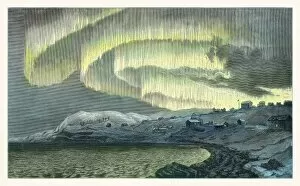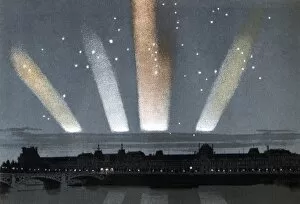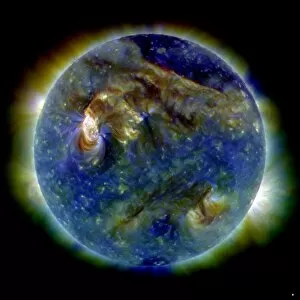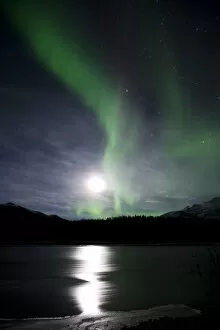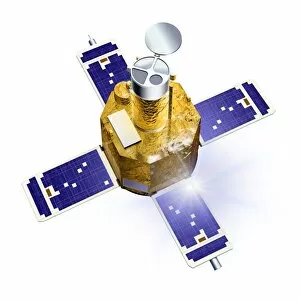Solar Activity Collection (#4)
"Captivating Solar Activity Unveils Nature's Dazzling Light Show" Witness the ethereal beauty as it paints the night sky with vibrant hues
For sale as Licensed Images
Choose your image, Select your licence and Download the media
"Captivating Solar Activity Unveils Nature's Dazzling Light Show" Witness the ethereal beauty as it paints the night sky with vibrant hues. From an enchanting aurora over Antarctica, captured by a satellite image, to the mesmerizing dance of the Aurora Borealis alongside a radiant moon, these celestial spectacles never fail to leave us in awe. The Northern Lights illuminate the darkness near Yellownife, showcasing their breathtaking display of colors that seem almost otherworldly. With each flicker and swirl, they create a celestial masterpiece that captivates all who are fortunate enough to witness them. Druridge Bay in the UK becomes a canvas for nature's most captivating brushstrokes as another spellbinding Aurora Borealis graces its shores. The vivid ribbons of light intertwine and stretch across the horizon, casting an enchanting glow upon everything they touch. These cosmic phenomena remind us of our planet's intricate connection with our star - the Sun. As solar particles interact with Earth's magnetic field, they produce this magnificent spectacle known as auroras, and is a reminder that even from millions of miles away, our Sun has profound effects on our world. So next time you find yourself gazing at the night sky or planning an adventure under its shimmering canopy, keep your eyes peeled for signs of solar activity. You may just be lucky enough to witness one of nature's most extraordinary performances – where science meets art in perfect harmony.

